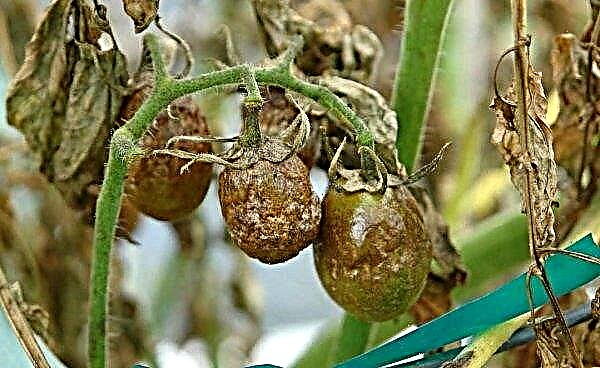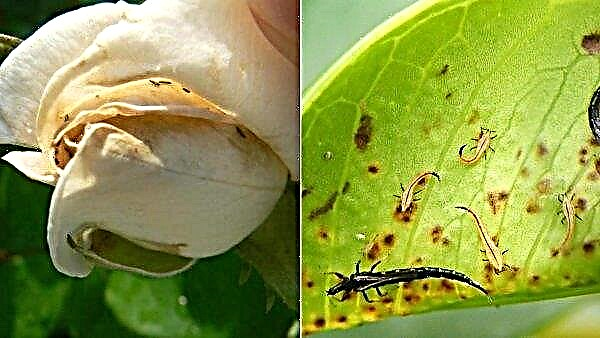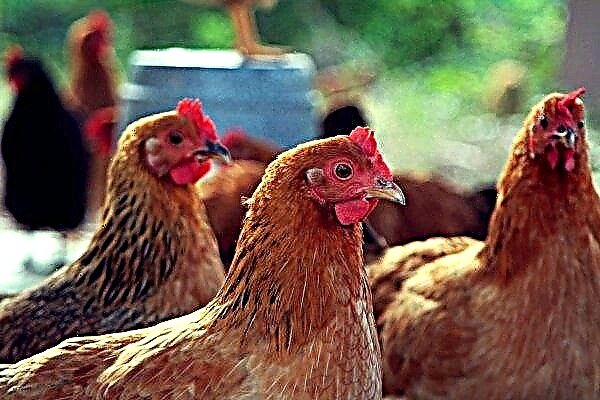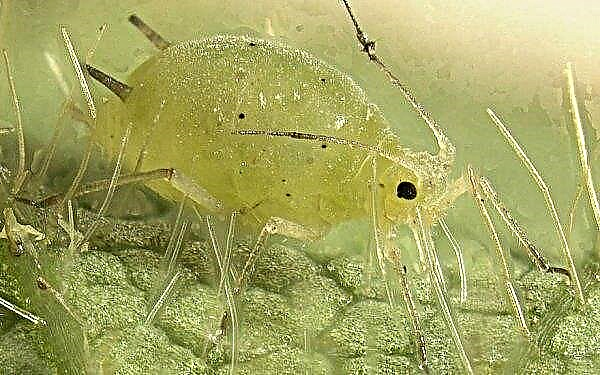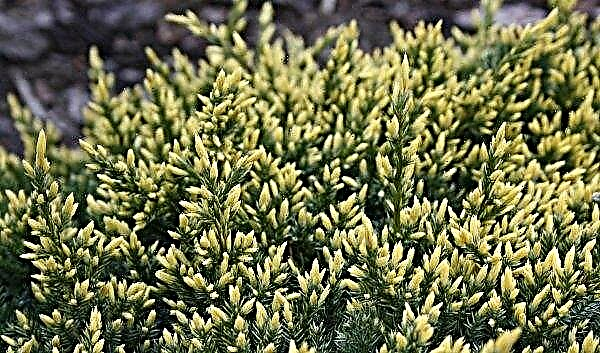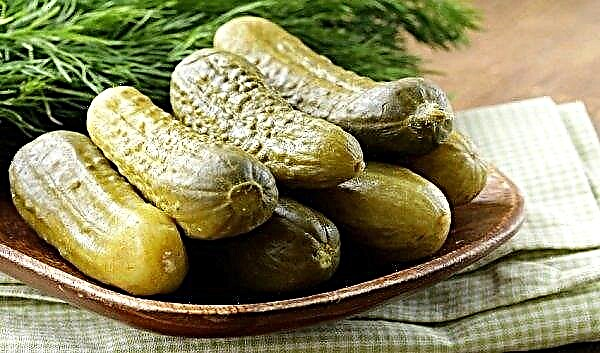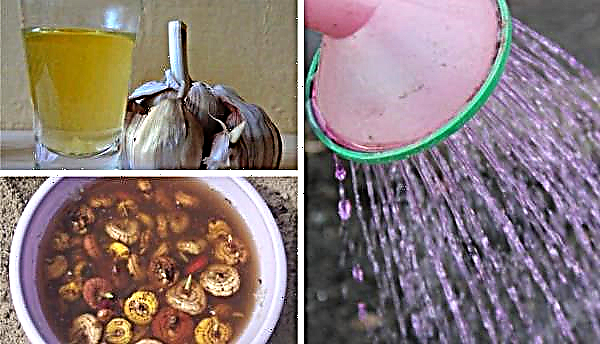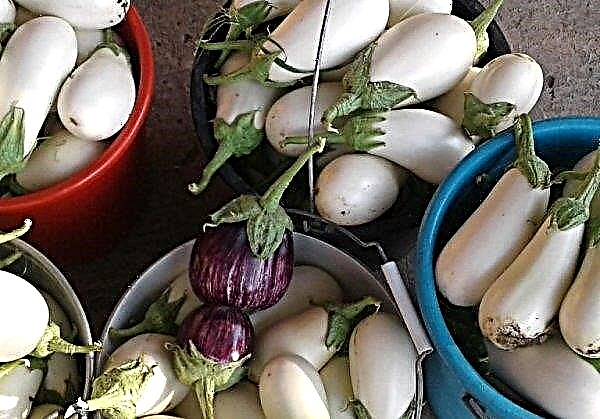In December 2019, part of the strawberry crop in Florida was destroyed by a new variety of dangerous fungus.
Such a misfortune led to large losses of millions of dollars and made us seriously think about the consequences. It was first discovered in the Plant City area east of Tampa, the state's center for the production of this berry.
Since Florida is the only place to grow the main winter crop among the United States, the presence of deadly fungus has passed in waves throughout the country.
Natalia Perez, a pathologist at the University of Florida’s Agricultural Research Agency, found that pestotiopsis had penetrated ¼ of 10,000 acres of strawberries in Florida and about half of its current area with wild strawberries.
Along with this, other areas were also affected, which suffered partial loss of fruit, but were saved by spraying fungicides.
 The strawberry genome was completely deciphered by scientists in 2010. Amazing fact: it turned out that she has 10 thousand more genes than humans
The strawberry genome was completely deciphered by scientists in 2010. Amazing fact: it turned out that she has 10 thousand more genes than humans
Actual financial impact is not yet available, but producers of state delicate crops invest at least $ 15,000 per acre.
According to the US Department of Agriculture, due to a shortage, the average retail price of organic strawberries from mid-December to January 11 rose from $ 3.99 to $ 6.23 per pound.
Worrying that a fungal disease may settle permanently in the state has affected many farmers, because fruits, leaves and roots become rotten and change color.
The hope that this fungus will no longer appear, does not die, but the scale of the infection increases the likelihood that it will take a sufficient amount of time.
Direct speech: “With the parasite’s invasion, about 80 acres of organic matter were lost, but that doesn’t give up,” says Gary Wisnacki, a farmer in the Plant City area.
- Earlier, we wrote that Japanese strawberries for $ 50 are popular in New York restaurants.
- It is customary in the world to share food, so Florida farmers will give surplus products to low-income citizens.
- We also reported that year-round strawberry production will begin in the greenhouses of Ingushetia.



